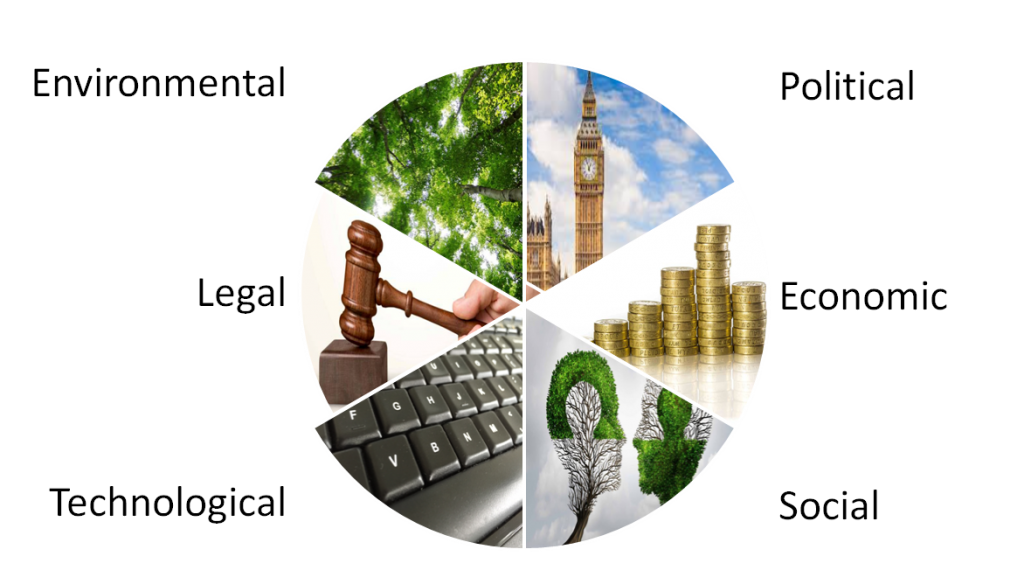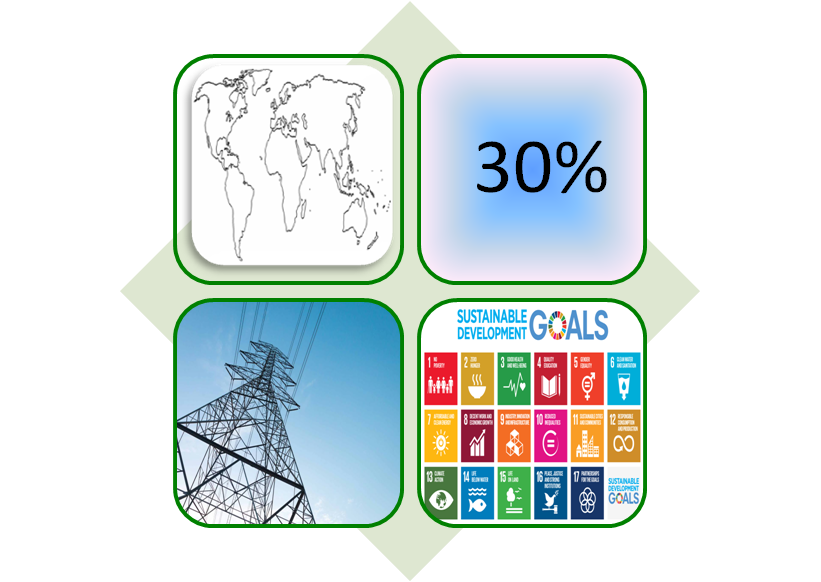Getting Boardroom Buy-In – my report back from edieLive
Last week I attended the annual conference & exhibition edieLive at the NEC. It was a great mix of exhibitors, speakers, workshops & general networking. I met with clients & contacts – it’s always nice to have a catch up – plus I met plenty of new people – useful for collaborations, referrals, potential clients & simply learning from others.
I also had a busy day in the Energy Efficiency Theatre, chairing & presenting two sessions. Here’s a summary of the main points I covered.
Getting Boardroom Buy-In
Many environmental professionals have difficulties engaging with senior management, who may be too busy or simply not interested. So I gave some insights for getting boardroom buy-in.
I first asked the simplest of questions – who are you trying to reach? This is Marketing 101 – you have to understand your target audience. I floated some ideas of what the Board wants & what’s important to a typical director.
Then, with examples, I talked about how to get them involved.
- It’s important to get involved at the highest level. It’s not just for the rest of the workforce to do all the environmental stuff – it’s equally (or even more) important for the top people to understand their role.
- Communication is key – You need to speak with them & don’t scare them off – make it easy for them, speak in their language, appeal to what’s important to them.
- Don’t lecture, Engage – fewer presentations, more immersive learning. Take them places, show them things, go through exercises (practical & theoretical), get them to solve a problem – that’s important & relevant to them.
- Don’t be a doom monger – Be positive – it’s catching!
I then talked about ISO 14001 & the new requirements which are perfectly set up to engage the board. There are clauses on Context, Risks & Opportunities, Leadership & the wider Lifecycle. All of these give top management specific requirements within the EMS, but they also link to their typical duties in the business anyway – strategy, finance, leadership, forecasting, risk management etc.
We lastly ran through a very quick tool that I use with my ISO 14001 clients on Risks & Opportunities – a PESTLE Analysis. Standing for “Political, Economic, Social, Technological, Legal and Environmental”, this is a great way to engage the people at the top of the business, because it covers the things they are interested in & accountable for.

Navigating a new energy management landscape
Earlier that day I had only 15 minutes to talk about the wider energy management landscape. A challenge, particularly as I’m not policy expert (or maybe because of this I was able to keep to time!). So I wanted to take people from the world stage, down through national & regional issues, to the personal level of energy management.
 I shared some of the key findings & questions raised in the International Energy Agency’s World Energy Outlook report. Global energy demand was up 2.1% in 2017 – more than twice the previous year’s rate, boosted by strong global economic growth. Fossil fuels met most of the increase in demand, though renewables have the highest growth rate & are getting cheaper. But worryingly, we will need 30% more energy by 2040 to meet projected demand.
I shared some of the key findings & questions raised in the International Energy Agency’s World Energy Outlook report. Global energy demand was up 2.1% in 2017 – more than twice the previous year’s rate, boosted by strong global economic growth. Fossil fuels met most of the increase in demand, though renewables have the highest growth rate & are getting cheaper. But worryingly, we will need 30% more energy by 2040 to meet projected demand.
It is important that countries recognise the UN Sustainable Development Goals – energy relates to the SDGs through climate change; sustainable consumption & production patterns; human health from emissions; inequalities to energy access (by wealth & gender, poverty & education). Significantly action is needed now to meet the Paris Agreement goals of a 2 or 1.5oC reduction by 2050.
Here the UK government department BEIS is looking at Local Energy Hubs & has tasked LEPs (local enterprise partnerships) to develop Regional Energy Strategies.
I covered some interesting trends: Cooling is driving energy demand (more than electric vehicles). Storage is still early days (great potential) & micro-generation will be key. While Digitalisation helps business & services develop in new ways, placing demands on energy.
And what about our day-to-day compliance?
– ESOS is getting big again – we are now in Phase 2 & must act now to meet the deadline. Start your energy audits & collecting good quality data.
– MEES (Minimum Energy Efficiency Standard MEES) – will your new sites have EPC rating of E or better?
– ISO 50001 & ISO 14001 – management systems will be used much more to actively manage energy & environmental impacts, reduce costs & meet customer demand.
All of these issues are important for energy managers, directors & even operations staff.
Here are the slide decks of these 2 presentations:
edieLive 18 – Getting Boardroom Buy-in
edieLive 18 – Navigating a new energy management landscape
_____________________
Liked this post? Sign up for the Eshcon Newsletter.
